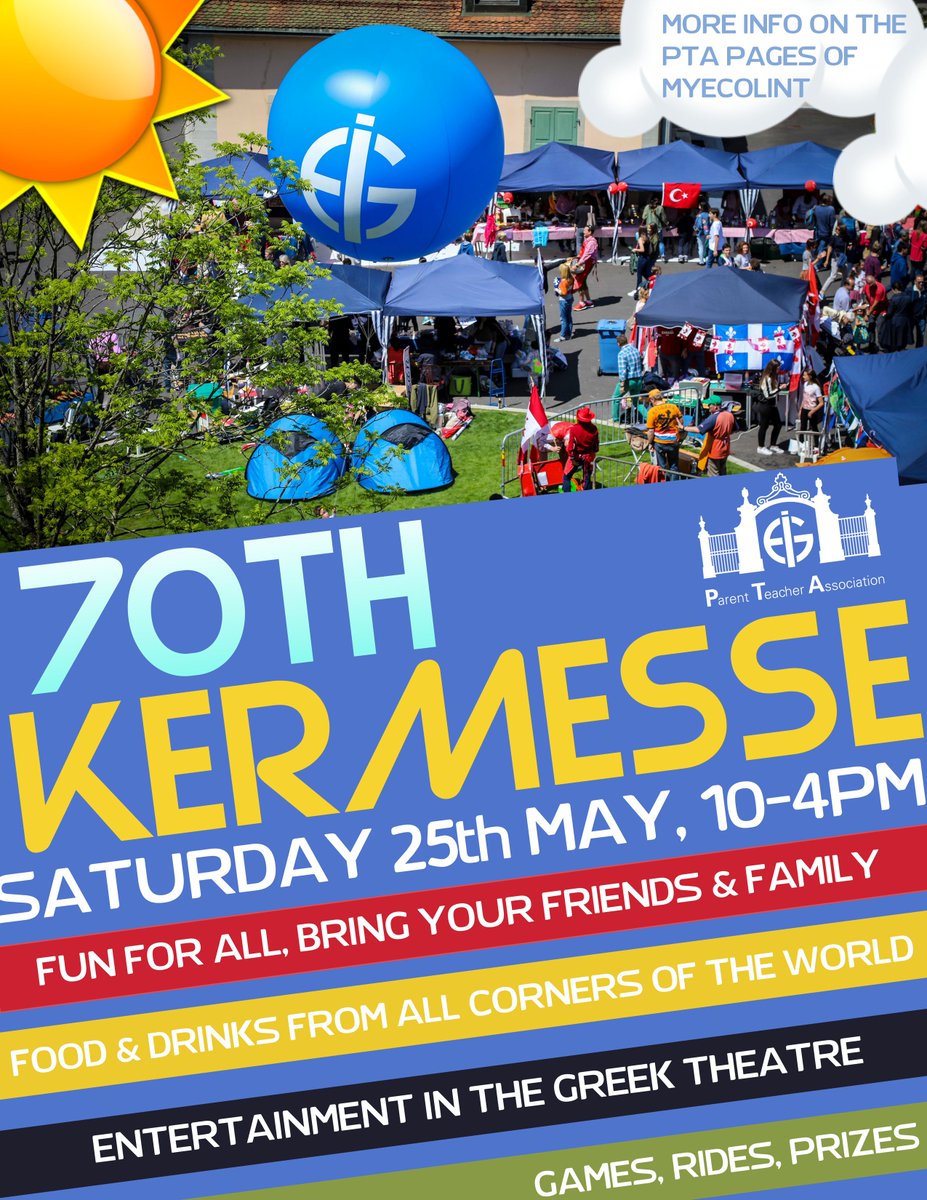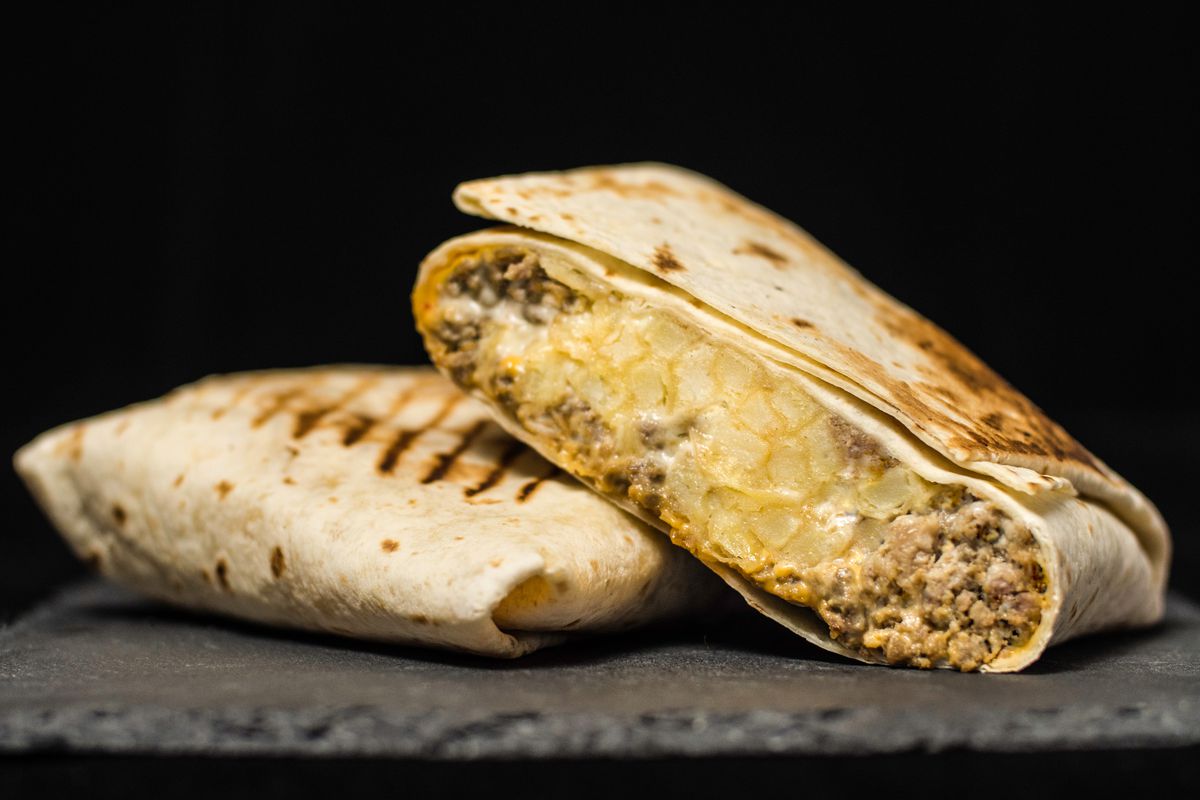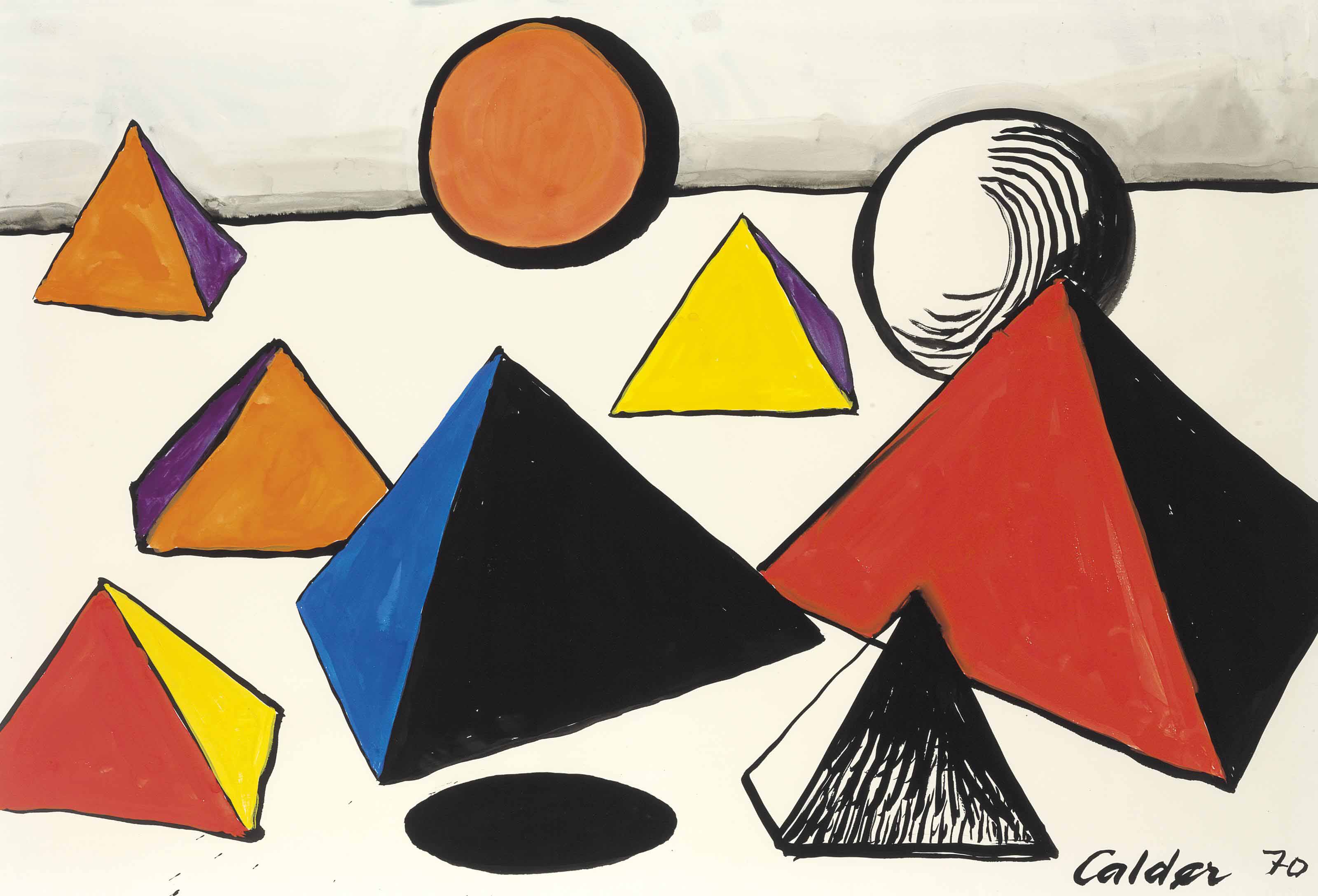By Boris Pavlov, Year 11
With the Kermesse forthcoming on May 25th, we decided to delve into its history. We asked Mr. Rodriguez, the Foundation’s archivist for some help.
He informed us that “The Palaeolithic and Neolithic evidence for the LGB Kermesse is fragmentary, though during the Centre des arts excavations in 2012 the remains of what may have been a waffle iron, radiocarbon-dated to the early Bronze Age, were uncovered.” This would seem to indicate that the idea of a Kermesse has existed for much longer than LGB has hosted the annual event.
As Mr. Rodriguez informed us, “by around 100 B.C. a multi-ethnic, recreational and gastronomic festival was hosted annually by the Helvetii. It appears to have attracted tribes throughout Eurasia, and possibly Africa, to a large clearing in the woods outside the ancient town of Geneva, between the Aturaura (Arve) River and the Lacus Lemanus.”
It gets its name from Julius Caesar, who describes in his autobiographical account De Bello Gallico, that “when he defeated the Helvetii and occupied the area in 58 B.C. he decided that it would be politically expedient to take over the renowned event and “Romanize” it. Accordingly, Caesar renamed it Caesaris mensa (“Caesar’s table”), an epithet that over the centuries has been corrupted into “Kermesse” (bearing in mind that the Latin “c” was pronounced like “k” in English).”
Throughout the years, the Kermesse has prevailed. Its popularity “did not wane during the era of Burgundian and Frankish domination of Geneva – indeed, it contributed crucially to the city’s prosperity.” Its economic importance was so important that Jean Calvin decided not to suppress it in the 1540s.
Inspired by these values, in 1924 “a group of visionary parents from Geneva’s nascent international organisations and eminent scholars from the Institut Jean-Jacques Rousseau founded the International Kermesse School of Geneva.”
By 1929 they had secured the hallowed site of La Grande Boissière. Today, the LGB Kermesse “attracts roughly a million and a half visitors (more than twice as many as the Salon de l’Auto) on an invariably sunny Saturday every May.”
We have even been informed that the event is so popular that “plans to ease traffic congestion on that day by prolonging the autoroute de contournement to our campus have been approved by the authorities at federal and cantonal level, but still need to overcome the narrow-minded objections of a few neighbours and the more substantial hurdle of a popular referendum.”
With this rich history in mind, consider once again whether you will be going (you know you want to), and let us know in the comments below. A great many thanks and credit are due to Alejandro H. Rodriguez-Giovo, Foundation Archivist of International School of Geneva, for his immense contribution to this article.



